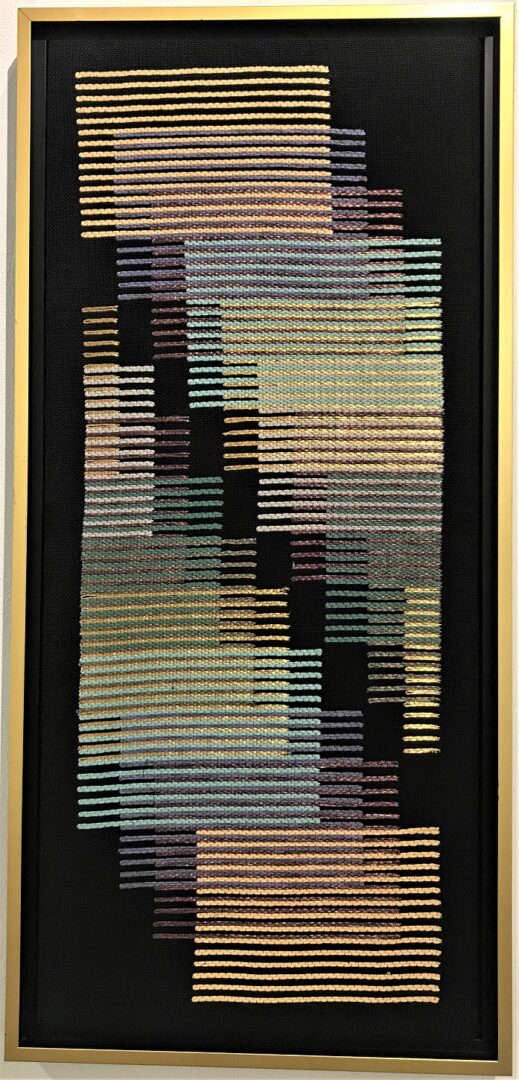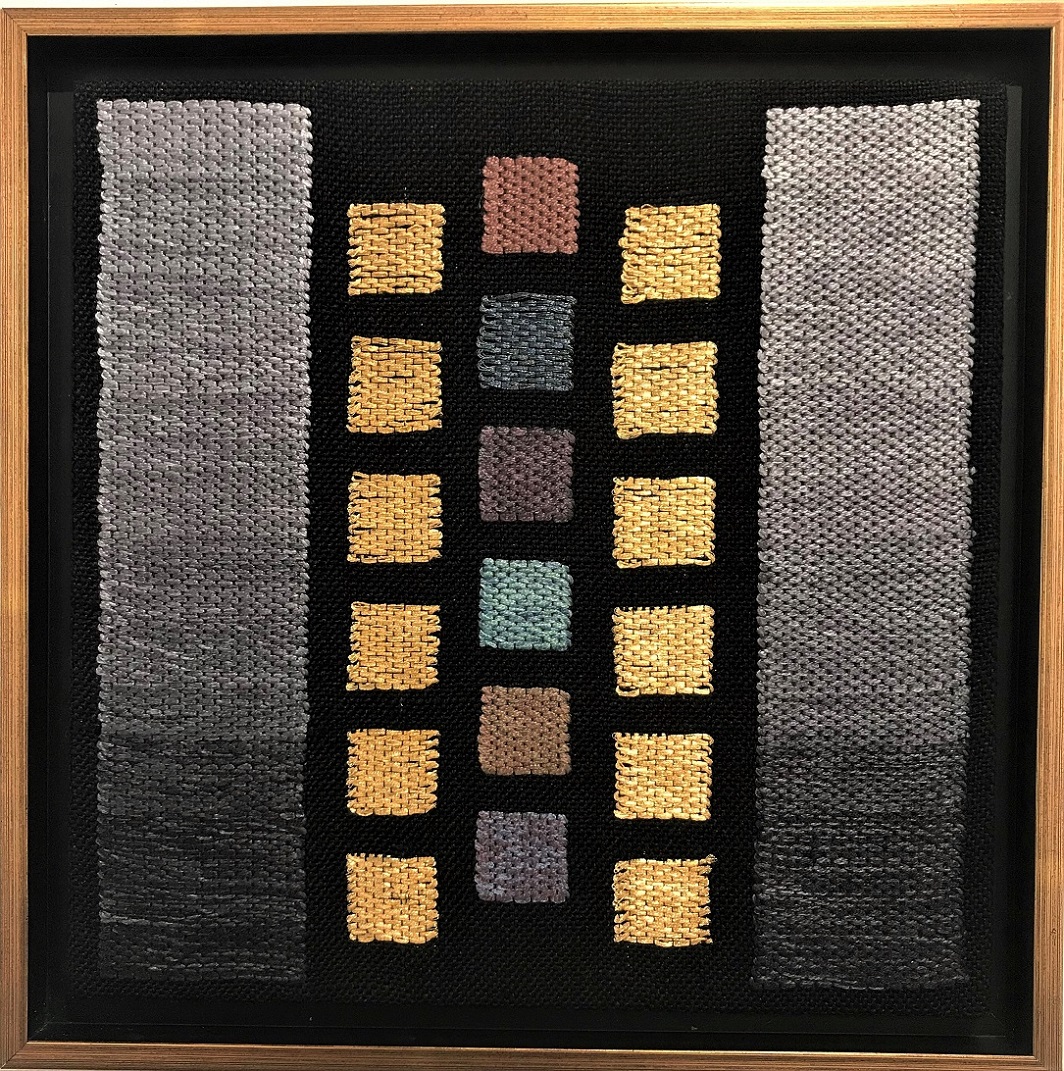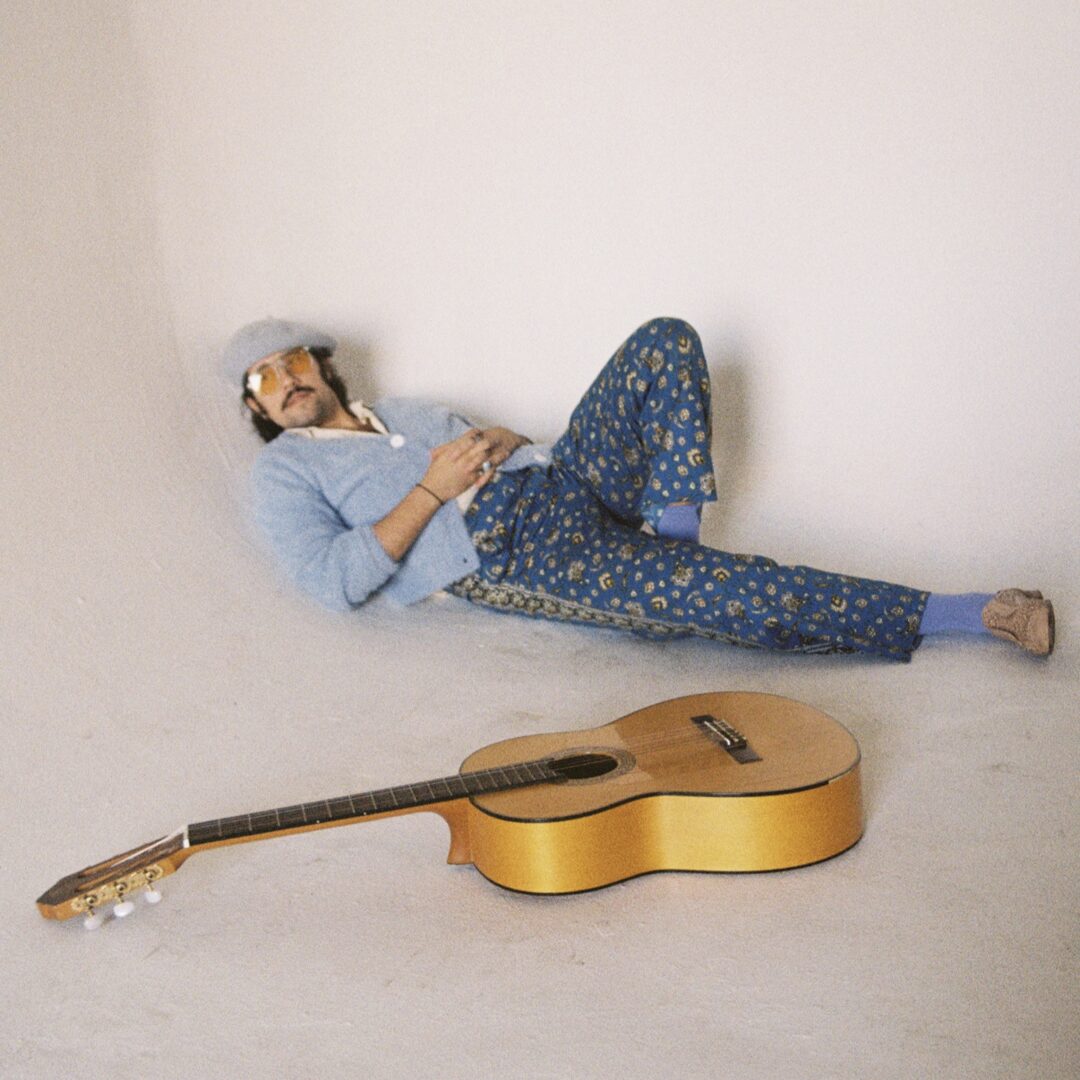Alright – so today we’ve got the honor of introducing you to Laura Viada. We think you’ll enjoy our conversation, we’ve shared it below.
Hi Laura, really happy you were able to join us today and we’re looking forward to sharing your story and insights with our readers. Let’s start with the heart of it all – purpose. How did you find your purpose?
I don’t believe that purpose is something you “find.” Nor is purpose something you “do.” It’s something you ARE. Purpose is a practice. It evolves over a lifetime of choices and habits, and requires intentionality and self-awareness. Purpose is more than my job/profession; it’s more than my personal relationships; it’s more than making art. It’s a deep sense of being a contributing part of the vast creation that is this world.
I came to this way of thinking over many years of feeling unmoored and lost — struggling to find a path that meant anything to me, making a lot of mistakes, and often feeling hopeless and depressed. I read a lot of philosophy, psychology, and self-help books. I’ve been to lectures, seminars, therapy, yoga, meditation, and self-improvement workshops. I’ve spent many hours journaling and examining my thoughts and motivations. Finally, the words of philosopher Simone Weil opened a door that I was able to step through. She said that life’s greatest gifts are not achieved by going in search of them, but rather by waiting for them, and that paying attention is the key. For me, this means paying attention to myself, slowing down long enough to hear my own voice through the “noise” of life.
These days I follow a basic weekly schedule that includes morning journaling, exercise, yoga/spiritual practice, and spending some time each day making art and playing music, as well as fulfilling all the other obligations of life in a society.


Thanks for sharing that. So, before we get any further into our conversation, can you tell our readers a bit about yourself and what you’re working on?
I am a handweaver and fiber artist. The exciting things about handweaving is that is exists in every culture and every culture puts its own unique stamp on it. Traveling the world to view handweaving in progress is an interesting and rewarding experience. Weaving has also been indispensable in the development of human civilization. Cloth — its making and acquisition is responsible for everything from sailing ships, to the Silk Road trade routes, to the Industrial Revolution.
I primarily weave art pieces for the home, such as window hangings and wall hangings, though I occasionally love to weave functional items like table linens and towels. There are many different weave structures and techniques. The ones I have focused on are Transparency — opaque pattern areas contrasting with a sheer background; Doubleweave — weaving two layers of cloth to create patterns and shapes; and Diversified Plain Weave — using thin threads to “tie-down” thicker pattern threads. At this point, I’m beginning to focus my energies on Tapestry weaving, which is a completely different sort of practice. I’m interested to see where it will take me.
I’m a member of Archway Gallery in Houston, Texas’ oldest artist-owned-and-operated gallery.


If you had to pick three qualities that are most important to develop, which three would you say matter most?
Obviously, I had to learn the basics of weaving. Then, once you learn that, there’s the vast learning curve required to perfect technique, and achieve a certain amount of expertise regarding materials, tools, and sources. It’s a lifelong learning process with a lot of moving parts. It also requires an investment in equipment and a place to keep it.
So, I’d say the first quality you need to have is a natural curiosity about and attraction to this complex craft. If you have that, then find your local Handweavers Guild. In Houston, its Contemporary Handweavers of Houston, www.weavehouston.org. Our guild offers instruction, equipment rentals, and a supportive community of likeminded people.
The second quality would be a willingness to correct mistakes and deal with technical problems. It’s just part of the process and you never stop needing to correct and adjust. People always tell me that I must have a lot of patience, but I don’t think that’s it. I don’t have much patience in other areas of my life, but with weaving I just have a willingness to do what it takes to do it right, even if it means starting over.
The third quality is another aspect of the second — a willingness to be disappointed in your results. There’s a saying that in order to be really good at something, you have to be willing to be bad at it for awhile. And another saying about the 10,000 hours of practice needed to master a skill. I’m not saying everything you weave in the early days will be bad — it won’t — you’ll probably make some things you like a lot. But there will be projects that just don’t work out and you must not get discouraged or upset about it. Sure, you put in a lot of work and got a dud — but you learned something and put in some of those 10,000 hours of practice doing it. Sometimes you’ll be disappointed because the piece doesn’t look like you intended it to look. That doesn’t necessarily mean it isn’t good work — it’s just not what you had in mind. A piece of good advice I received early on is that when this happens, just put the disappointing piece of work in a drawer and don’t look at again for at least a year — maybe more. When you look at if with fresh eyes, divorced from your original idea, you may find you really like it.


Awesome, really appreciate you opening up with us today and before we close maybe you can share a book recommendation with us. Has there been a book that’s been impactful in your growth and development?
The Artist’s Way, by Julia Cameron.
It’s a series of exercises to help you tap into your creativity. I’ve gone through the program several times over the years when I’ve felt “blocked.”
Contact Info:
- Website: https://Lauraviada.com
- Other: You can also see my work at Archwaygallery.com. We have an online store where each artist’s work can be viewed.
I do not like or use social media.


so if you or someone you know deserves recognition please let us know here.




